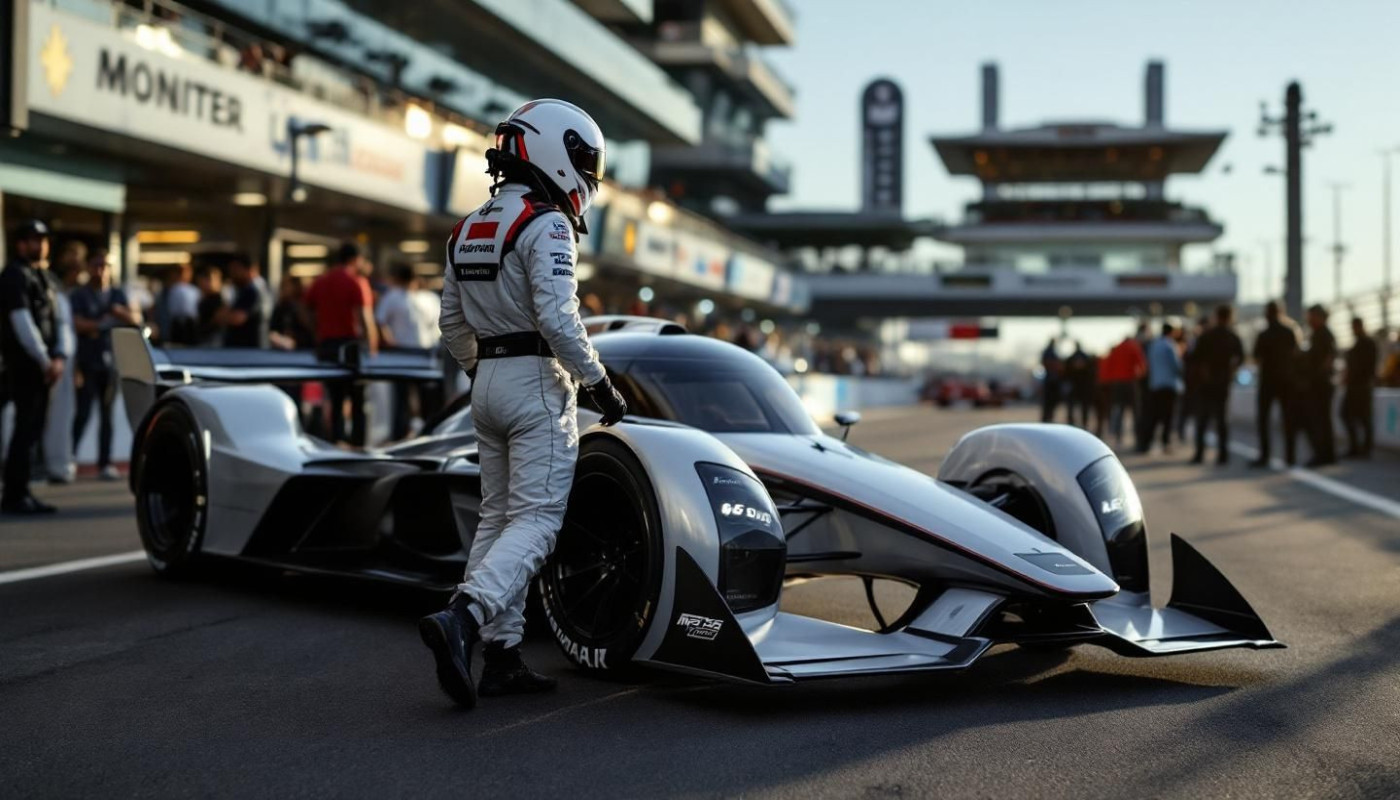Table of contents
The world of motorsports is as exhilarating as it is competitive, with a race driver's career shaped by a multitude of dynamic influences both on and off the track. To understand what sets apart a champion from the rest, it is necessary to explore the underlying elements that determine a driver's progression, longevity, and success. Dive into the next sections to discover the decisive factors that orchestrate every facet of a race driver's journey, from raw talent to strategic networking.
Early training and skill development
Early training plays a pivotal role in shaping a race driver's trajectory, with a direct link between starting young and long-term performance potential. Access to structured driver training programs and exposure to motorsport skills at a formative age often provides a substantial competitive advantage. The quality of coaching is equally significant; experienced mentors in racing academies can identify and nurture raw talent, tailoring instruction to address both strengths and areas for growth. Modern racing academies integrate simulation technology, allowing young drivers to practice decision-making, precision, and adaptability in a controlled environment before progressing to real tracks. Early practice on professional circuits refines basic techniques and builds familiarity with high-speed dynamics. The process of developing racecraft—a technical term capturing the tactical, psychological, and physical skills needed to excel under pressure—demands not just repetition, but also carefully guided feedback. Drivers who invest in comprehensive skill development from the outset are better equipped to handle the demands of competitive motorsport, demonstrating sharper reflexes, superior situational awareness, and a deeper understanding of racing strategy as their careers evolve.
Physical and mental preparation
Race drivers operate in a domain demanding exceptional driver fitness and unwavering mental stamina. Motorsport endurance requires athletes to withstand prolonged periods in high-G environments, maintain peak reaction time, and manage intense physical stress, all while executing precise vehicular control. Modern fitness regimes tailored for race drivers focus on cardiovascular health, core strength, flexibility, and especially neck and shoulder stability, responding to the unique physiological demands of motorsport. In tandem, sports psychology plays a pivotal role, equipping drivers with tools for psychological resilience, focus, and effective stress management. Techniques like visualization, mindfulness, and cognitive behavioral strategies allow competitors to handle pressure, recover from setbacks, and maximize performance under scrutiny. Sustained investment in both physical conditioning and mental training is fundamental for enduring the rigors of professional racing and consistently achieving top results.
Financial backing and sponsorship
Financial support remains a decisive force in shaping career opportunities for race drivers. Motorsport sponsorship directly influences a driver's ascent through junior formulas to professional championships, as driver funding often determines access to competitive machinery and skilled personnel. While raw talent is critical, the availability of a substantial racing budget can be the difference between advancing or stalling within the racing hierarchy. Commercial partnerships with brands and investors frequently provide the backbone for career progression, offering not only monetary resources but also valuable industry connections. Budget constraints, by contrast, may force talented individuals to consider alternative racing categories, endure partial seasons, or even exit the sport prematurely. A well-structured driver funding strategy, built on diverse motorsport sponsorship arrangements, becomes indispensable for maximizing exposure and sustaining long-term development within the competitive world of racing.
Team selection and networking
Choosing the right racing team significantly shapes a driver's career path, as team reputation often dictates the quality of mentorship, technology, and racing opportunities available. In elite motorsport circles, a respected racing team not only provides access to superior technical resources but also becomes a gateway to a broader professional network, which can open doors to sponsorships, advanced training, and valuable motorsport connections. Building relationships within this ecosystem is vital, as influential team members and industry contacts frequently play a role in a driver's progression through various competitive levels. Motorsport connections established through strategic team selection offer ongoing mentorship and the sharing of best practices, which can accelerate development and exposure. Aspiring drivers benefit from aligning with teams known for nurturing talent and facilitating upward mobility, and for those interested in real-world examples of such career trajectories, click for more about drivers who have capitalized on strong team affiliations.
Adaptability and learning curve
Adaptability stands at the forefront of racing performance, especially as technical regulations undergo frequent shifts across motorsport disciplines. Navigating the motorsport learning curve is imperative; drivers must quickly assimilate new vehicle dynamics, tire behaviors, and aerodynamic packages as teams chase competitive advantages. Driver versatility becomes a deciding factor, as circuits present unique surfaces, weather patterns, and grip levels, demanding immediate and intuitive responses to maximize lap times. Continuous learning is not optional but a defining feature of successful careers, with elite drivers demonstrating an extraordinary ability to process team feedback, data analysis, and in-car telemetry. The motorsport learning curve challenges drivers to refine their approach with every session, ensuring that rapid adjustment to evolving technical regulations and competitors' strategies translates into consistent racing performance. Adaptability, fused with rigorous self-analysis and openness to coaching, separates top-tier professionals from the rest, as only those who can swiftly master new environments and technologies ascend through the ranks.
Similar articles







